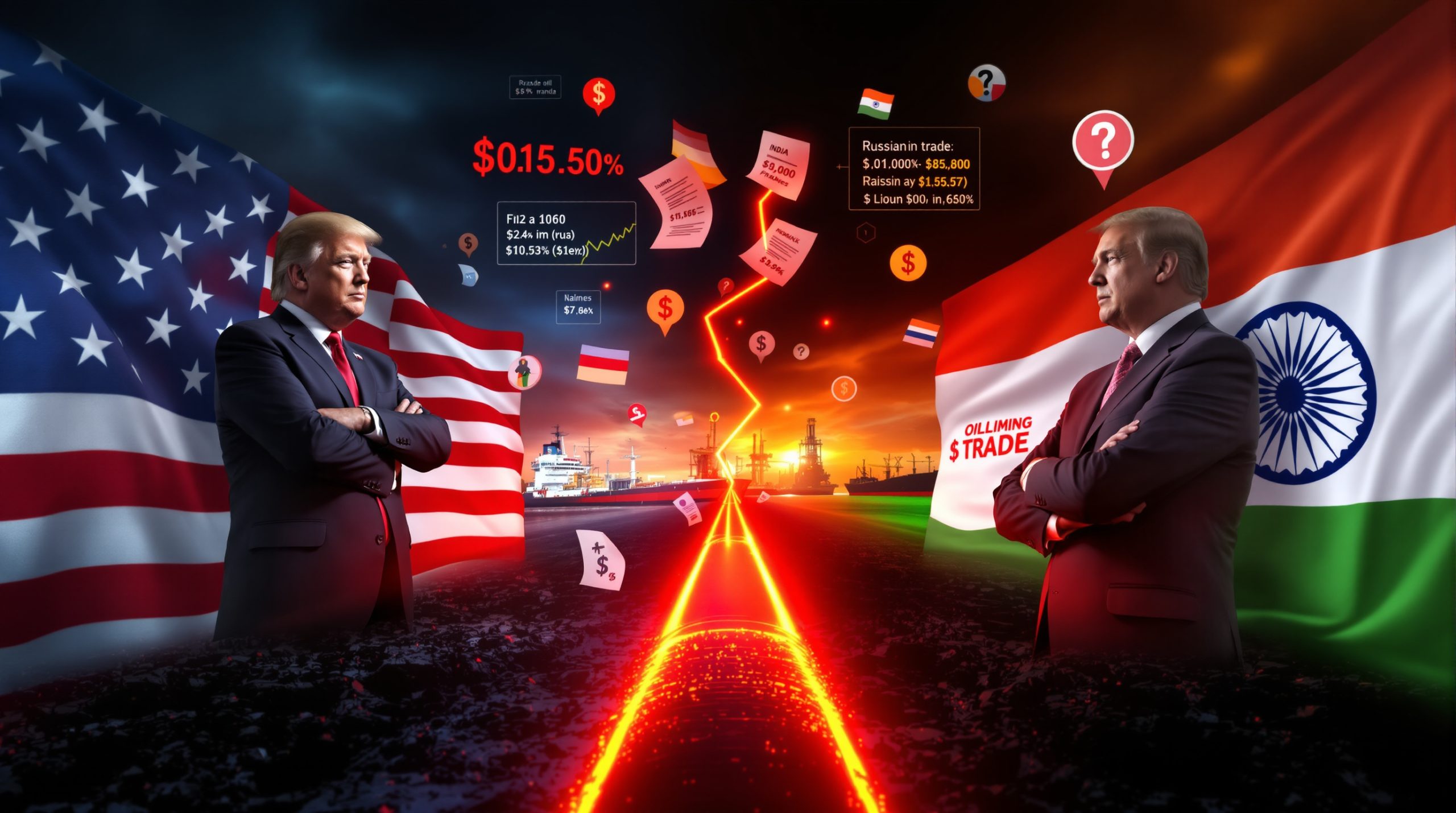What Changes Were Made to China's Technology Export Control Catalog?
China has recently implemented significant changes to its technology export regulations, with the Ministry of Commerce (MOFCOM) and the Ministry of Science and Technology (MOST) jointly revising the "Catalog of Technologies Prohibited and Restricted from Export." These adjustments reflect China's evolving approach to balancing technological advancement with national security priorities.
Recent Adjustments to the Catalog
The revised catalog features several key modifications that technology companies, manufacturers, and international businesses need to understand:
- Removal of three technical entries (one prohibited technology and two restricted technologies)
- Addition of one new restricted technology entry
- Modification of one existing restricted technology entry
According to the MOFCOM spokesperson, "These adjustments reflect technological advancements and evolving circumstances in restricted technologies," highlighting the dynamic nature of China's export control framework.
Key Removals from the Catalog
The revision eliminated three previously controlled technologies:
- One prohibited technology entry related to traditional Chinese architectural techniques
- Two restricted technology entries concerning building environment control technologies
These removals signal China's willingness to share certain cultural and architectural innovations internationally while maintaining strict control over technologies with strategic significance. This approach creates new opportunities for architectural firms and construction companies to leverage Chinese building techniques in global projects.
Why Are Battery Technologies Now Under Export Restrictions?
The most significant addition to China's export control catalog involves advanced battery technologies, particularly cathode materials for lithium-based batteries.
New Restrictions on Cathode Material Technologies
The revised catalog now restricts the export of cathode material preparation technologies, including three specific control points:
- Lithium iron phosphate (LFP) preparation technologies for batteries
- Lithium manganese iron phosphate (LMFP) preparation technologies for batteries
- Phosphate cathode raw material preparation technologies
These additions reflect the growing importance of battery technologies in global energy transitions and electric vehicle manufacturing.
Strategic Importance of Battery Technology
As the MOFCOM spokesperson stated, "As cathode material preparation technologies find increasing applications in sensitive fields, their inclusion as restricted technologies ensures balanced consideration of development and security."
These restrictions recognize several critical factors:
- China currently leads global production of LFP batteries, which power approximately 30% of electric vehicles worldwide
- LMFP technology represents a significant advancement in energy density while maintaining the safety profile of LFP batteries
- These technologies have applications beyond consumer electronics, including military equipment, aerospace, and critical infrastructure
By restricting these technologies, China aims to maintain its competitive advantage in the global battery market while ensuring these technologies are deployed in ways that align with national security interests. This aligns with recent developments in battery-grade lithium refinery projects globally.
How Do the New Restrictions Impact Lithium Processing Technologies?
The revisions to China's export control catalog significantly expand oversight of lithium processing technologies, reflecting the metal's growing importance in global clean energy transitions.
Expanded Controls on Lithium Processing
The modification to the existing entry on non-ferrous metal metallurgy adds five new control points related to lithium processing:
- Lithium extraction from spodumene to produce lithium carbonate/lithium hydroxide
- Lithium metal (alloy)/lithium material preparation technologies
- Lithium extraction from brine technologies
- Lithium-containing leachate preparation technologies
- Adjustments to gallium extraction technology controls
These additions cover virtually the entire lithium processing chain, from extraction of raw materials to the production of battery-grade compounds. Furthermore, these changes could potentially impact the Australia lithium industry innovations currently underway.
Modified Controls on Other Metals
While the revisions maintain most existing restrictions on non-ferrous metallurgy, they include important adjustments to gallium extraction technology controls. This reflects China's dominant position in global gallium production, supplying approximately 80% of the world's gallium used in semiconductor manufacturing, LED production, and telecommunications equipment.
These changes come at a time when lithium processing technologies are increasingly critical to global supply chains for electric vehicles and energy storage systems. Companies involved in lithium mining and processing will now need to navigate these regulations when considering technology transfers or joint ventures with international partners.
What Is the Consultation Process for These Regulations?
China's approach to revising its technology export control catalog involves extensive stakeholder engagement to balance innovation, international cooperation, and national security interests.
Stakeholder Engagement
According to MOFCOM, the catalog revision process included consultations with:
- Relevant government departments
- Industry associations
- Academic circles
- The general public
This multi-stakeholder approach aims to ensure that regulations reflect both technical expertise and broader social and economic considerations. The consultation process typically involves collecting written feedback, holding technical workshops with industry experts, and conducting regulatory impact assessments.
The spokesperson emphasized that through this consultation process, the ministry sought to "ensure safe and sustainable technology applications" while maintaining China's technological competitiveness. This collaborative approach helps identify technologies where controls can be relaxed without compromising national security, such as the recently removed architectural techniques.
How Do These Restrictions Fit into China's Broader Technology Strategy?
China's revised technology export control catalog represents one component of a comprehensive national strategy for technological development and security.
Balancing Development and Security
The new restrictions reflect China's strategic approach to technology management, which seeks to:
- Protect technologies with national security implications
- Promote international cooperation in non-sensitive areas
- Support domestic innovation in critical sectors
- Maintain leadership in emerging technologies like battery production
These goals align with China's broader "dual circulation" economic strategy, which emphasizes both domestic innovation and selective international engagement. In particular, the battery technology restrictions reflect China's recognition of energy storage as a strategic sector where it has established significant competitive advantages.
Focus on New Energy Technologies
The new restrictions demonstrate China's strategic focus on maintaining leadership in advanced energy technologies. By restricting the export of cutting-edge battery technologies, China aims to:
- Preserve competitive advantages in electric vehicle manufacturing
- Maintain control over critical materials and processing techniques
- Ensure domestic companies capture more value in global supply chains
- Support the transition to renewable energy with advanced storage solutions
This focus on battery technologies comes as global demand for energy storage solutions is projected to grow by 30% annually through 2030, with particular growth in grid-scale storage applications and electric vehicles. Recently, a Chinese battery recycling breakthrough has further strengthened China's position in this sector.
What Other Technology Regulations Are Being Implemented in China?
Alongside the export control catalog revisions, China is implementing complementary regulations that further strengthen oversight of strategic technologies.
New Standards for Mobile Power Supplies
The Ministry of Industry and Information Technology (MIIT) is concurrently drafting mandatory national standards for mobile power supplies, including power banks. These standards will impose stricter technical requirements covering:
- General specifications and product labeling
- Safety features including overcharge/over-discharge protection
- Short-circuit protection mechanisms
- Crush and nail penetration resistance testing
- Durability assessments including post-cycle drop testing
- Intelligent management systems requirements
- Special requirements for lithium-ion batteries
- Critical materials and production processes
These standards reflect China's growing focus on quality control and safety in battery technologies, particularly as lithium-ion batteries become increasingly prevalent in consumer electronics and other applications.
The proposed standards apply primarily to domestic production but will effectively become global standards given China's dominant position in mobile power supply manufacturing. Foreign manufacturers will need to ensure compliance with these standards when producing for the Chinese market or when using Chinese components in their products.
How Might These Restrictions Impact Global Supply Chains?
The new restrictions on battery technologies and lithium processing could have significant implications for global supply chains, particularly in the electric vehicle and energy storage sectors.
Potential Effects on International Markets
The export controls on battery technologies could lead to several market impacts:
- Limited access to advanced Chinese battery production techniques
- Potential price premiums for products incorporating restricted technologies
- Acceleration of alternative technology development outside China
- Reshaping of global battery manufacturing networks
For companies dependent on Chinese battery technologies, these restrictions may necessitate new licensing arrangements, joint ventures, or alternative sourcing strategies. The restrictions could particularly affect emerging markets seeking to establish domestic battery production capabilities.
Implications for Electric Vehicle Industry
The global electric vehicle industry may experience the most significant impacts from these restrictions:
- Non-Chinese EV manufacturers may face challenges accessing cutting-edge battery technologies
- Price competition dynamics could shift as technology access becomes more restricted
- Regional production clusters may emerge to accommodate regulatory requirements
- Battery technology innovation may accelerate in other regions
Major automotive manufacturers have already begun diversifying their battery supply chains, with companies like Volkswagen, Ford, and GM establishing partnerships with battery producers in Europe, North America, and Southeast Asia. These restrictions will likely accelerate such diversification efforts. Additionally, the recent Trump order on critical minerals could further complicate the global supply chain landscape.
What Are the Compliance Requirements for Restricted Technologies?
Understanding the specific compliance requirements for technologies under China's export control system is essential for companies operating in affected sectors.
Export License Requirements
For technologies listed as "restricted" in the catalog:
- Exporters must apply for technology export licenses from MOFCOM
- Preliminary agreements with foreign entities require approval before finalization
- Technical documentation and specifications are subject to review
- Contracts may require modification to comply with export control requirements
- License applications must include detailed information about the recipient and intended use
The licensing process typically takes 30-45 days for initial review, though complex cases may require additional time. Companies should build this timeline into their business planning when considering technology transfers involving restricted items.
Distinction Between Prohibited and Restricted
China's technology export control system maintains an important distinction between two categories:
- Prohibited technologies: Export is completely forbidden under any circumstances
- Restricted technologies: Export may be permitted with proper licensing and approval
This two-tier approach allows China to maintain absolute control over the most sensitive technologies while enabling conditional exports of technologies with both commercial and strategic value. For companies, understanding which category applies to their technologies is the crucial first step in compliance planning.
How Does China's Approach Compare to International Technology Controls?
China's technology export control system shares similarities with other major economies but also features distinctive characteristics reflecting its unique economic and strategic position.
Global Context of Technology Export Controls
Major economies worldwide maintain technology export control systems:
- The United States implements the Export Administration Regulations (EAR)
- The European Union operates dual-use export controls under Regulation 2021/821
- Japan controls technology exports through its Foreign Exchange and Foreign Trade Act
- South Korea regulates strategic technologies through its Foreign Trade Act
These systems generally classify technologies according to their strategic sensitivity and potential dual-use applications, requiring licenses for exports of controlled items. As US–China trade strategies continue to evolve, these controls become increasingly important.
Distinctive Features of China's Approach
China's system differs from international counterparts in several ways:
- More specific focus on emerging technologies like advanced batteries
- Detailed technical control points within broader categories
- Regular updates to reflect technological developments
- Strong emphasis on balancing development opportunities with security considerations
While most export control systems focus primarily on traditional defense technologies and dual-use items, China's approach places greater emphasis on emerging commercial technologies with strategic implications, particularly in areas where China has established leadership positions. According to China's revised export control catalog, these regulations are designed to safeguard national security while promoting technological development.
What Are the Future Trends in Battery Technology Development?
Despite the export restrictions, China continues to advance battery technologies across multiple fronts, with significant developments in solid-state batteries and other next-generation technologies.
Emerging Battery Technologies in China
Chinese companies are making substantial progress in several cutting-edge battery technology areas:
- Solid-state and semi-solid battery development
- High-voltage sodium batteries as lithium alternatives
- Silicon carbon anodes and advanced conductive materials
- Polymer-based solid-state battery projects
- Lithium-sulfur battery chemistries for higher energy density
These developments represent the next frontier beyond the currently restricted LFP and LMFP technologies, potentially offering significant improvements in energy density, charging speed, and safety.
Industry Collaboration and Innovation
Chinese battery manufacturers and materials suppliers are actively collaborating on next-generation technologies:
- Huasheng Lithium has completed laboratory trials for various materials compatible with solid/semi-solid batteries, including bis(trifluoromethanesulfonyl)imide and lithium sulfide
- Inner Mongolia Jianheng Aoneng has begun mass production of 720V high-voltage solid-state sodium batteries
- Tietie is supplying lithium anodes for Xinjie's solid-state batteries, with unit consumption reaching 100 metric tons
These collaborative efforts highlight the ecosystem approach that has helped China establish its leadership in battery technologies, with materials suppliers, cell manufacturers, and end-users working together to accelerate innovation.
As global competition in battery technologies intensifies, China's export restrictions may accelerate innovation in other regions while maintaining China's current advantages in established technologies like LFP and LMFP. Recent reports from China Daily indicate that domestic innovation in battery technology continues to accelerate despite the export controls.
Frequently Asked Questions About China's Technology Export Controls
What is the purpose of China's technology export control catalog?
The catalog aims to balance technological development with national security considerations by identifying technologies that are either prohibited from export or require special approval before being exported. It helps China maintain control over strategic technologies while facilitating international cooperation in non-sensitive areas.
How often is the catalog updated?
The catalog is updated periodically to reflect technological advancements, emerging strategic considerations, and changing national security priorities. Major revisions typically occur every 2-3 years, with minor adjustments possible between major updates.
Do these restrictions apply to all international technology transfers?
Yes, the restrictions apply to any transfer of controlled technologies from China to foreign entities, regardless of the destination country or the nature of the transaction. This includes commercial sales, licensing agreements, joint ventures, and even academic collaborations.
Can companies still collaborate internationally on restricted technologies?
Collaboration is possible but requires proper licensing and approval from relevant Chinese authorities before any technology transfer can occur. Companies must apply for export licenses and may need to modify collaboration agreements to ensure compliance with export control requirements.
How do these restrictions affect joint ventures with Chinese companies?
Joint ventures involving restricted technologies must ensure compliance with export control regulations, which may limit the technologies that can be shared with foreign partners. This often requires careful structuring of joint venture agreements and technology transfer provisions.
What penalties exist for violations of these export controls?
Violations can result in administrative penalties, fines, revocation of export privileges, and potential criminal charges depending on the severity of the violation. Companies found in violation may also face reputational damage and restrictions on future business activities in China.
Ready to Stay Ahead of the Next Major Mineral Discovery?
Ensure you're positioned for the next transformative ASX mineral discovery by leveraging Discovery Alert's proprietary Discovery IQ model, which instantly converts complex mineral data into actionable insights for both short-term traders and long-term investors. Understand why major mineral discoveries can lead to significant market returns by exploring Discovery Alert's dedicated discoveries page, showcasing historic examples of exceptional outcomes.




